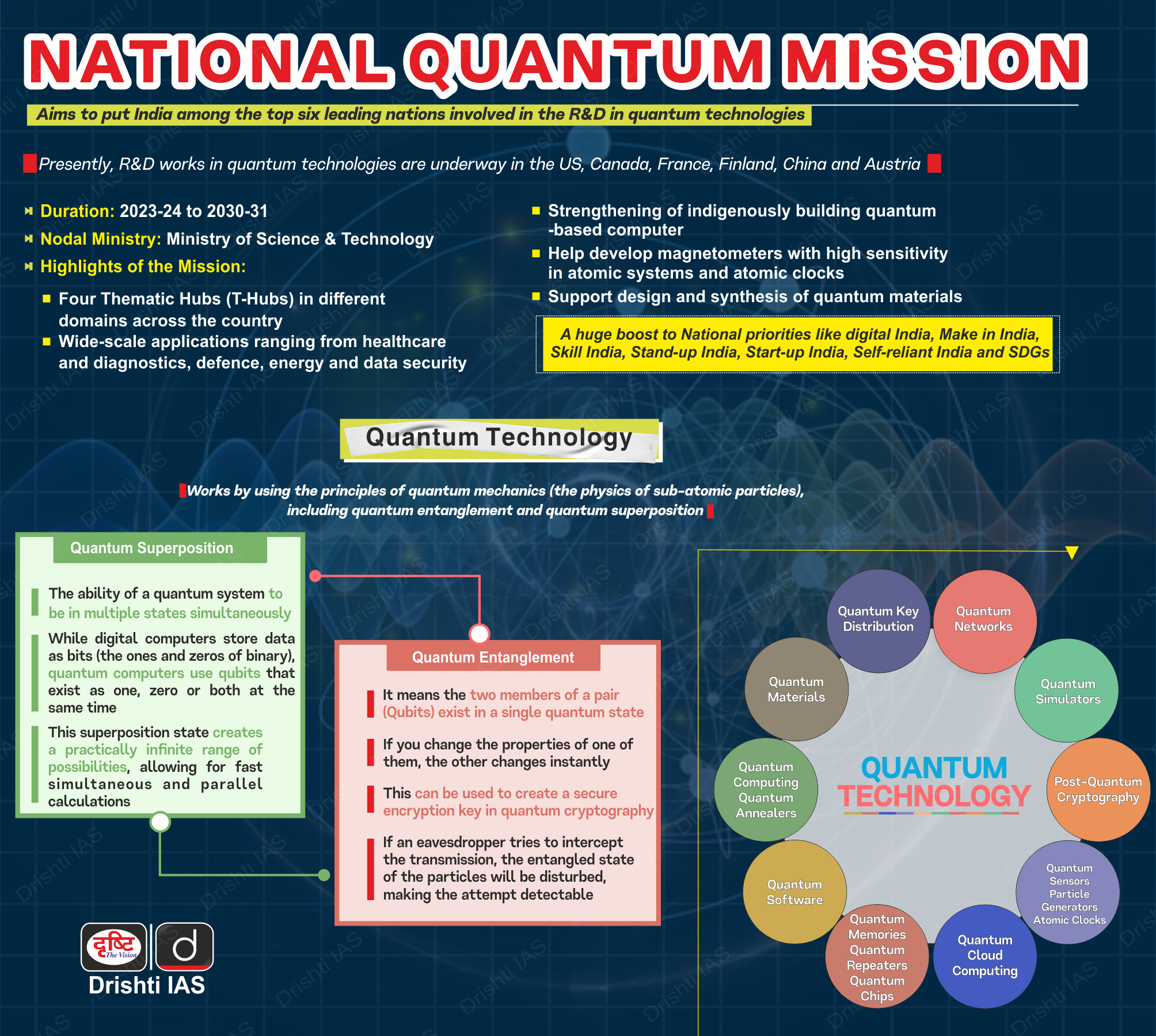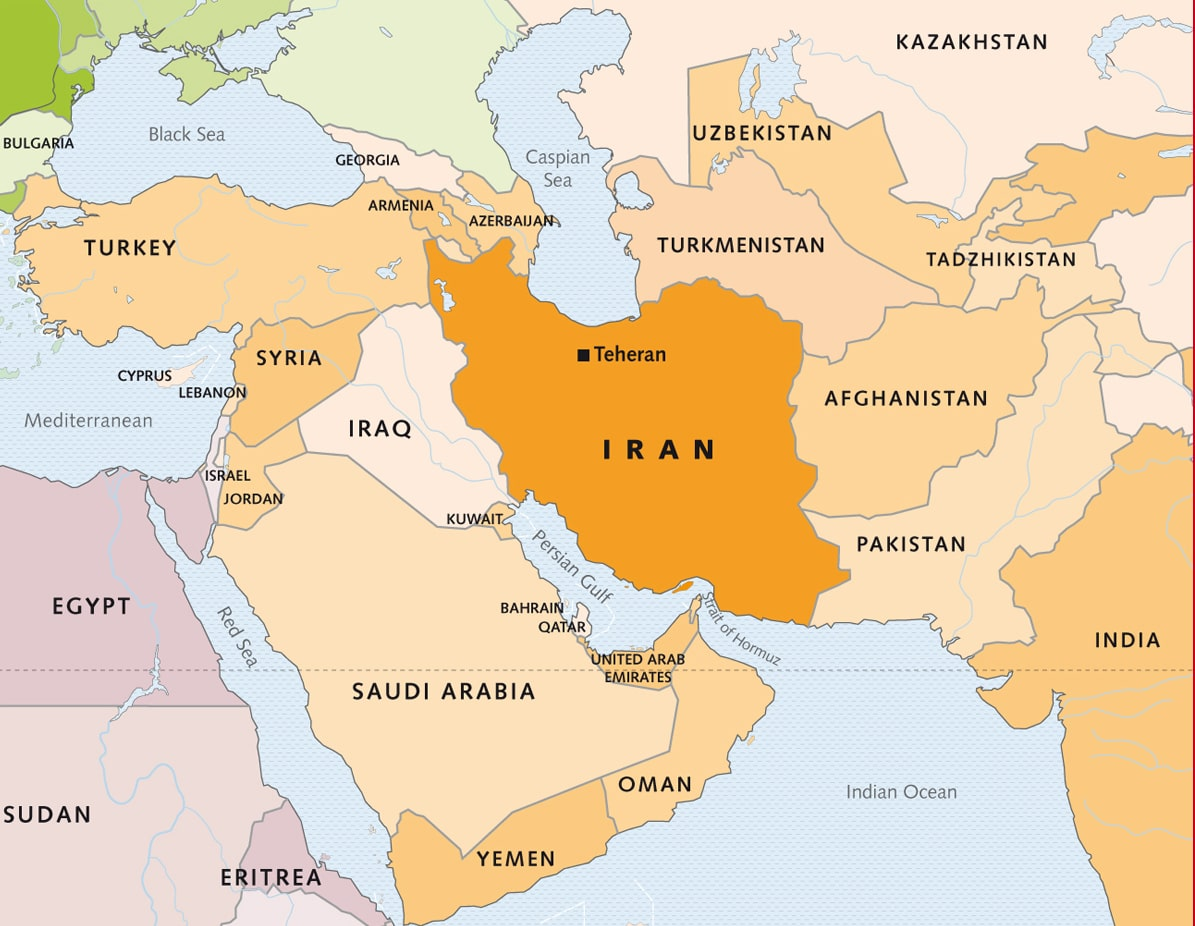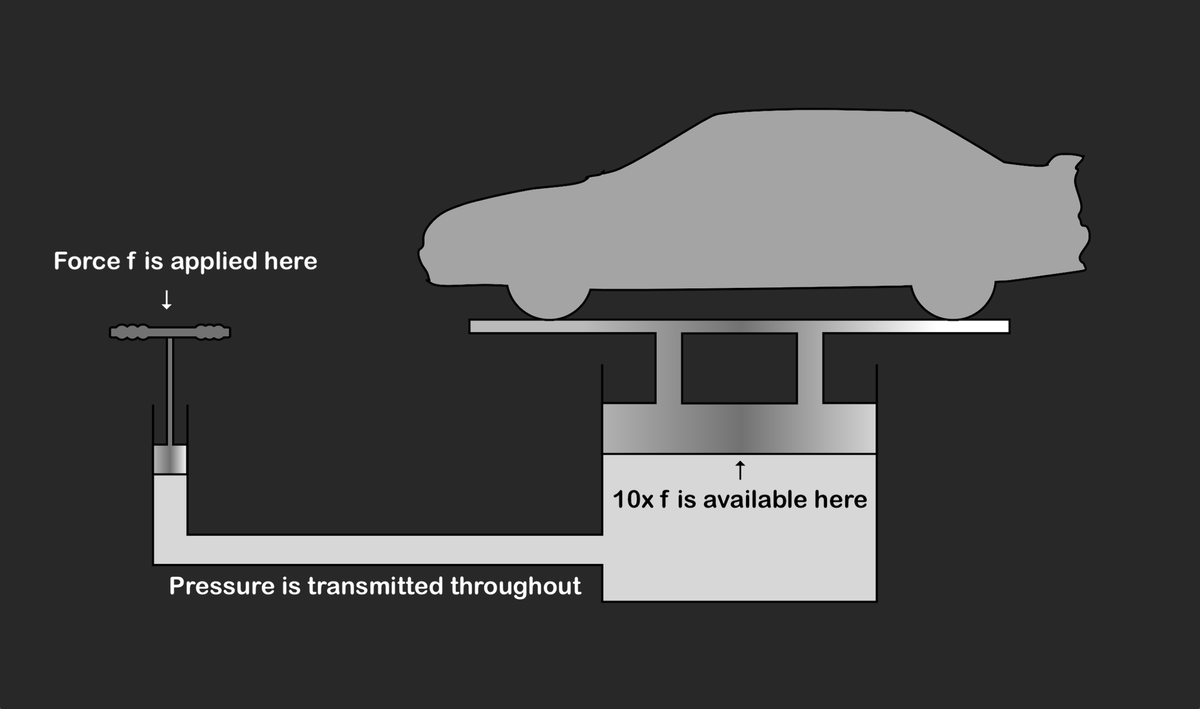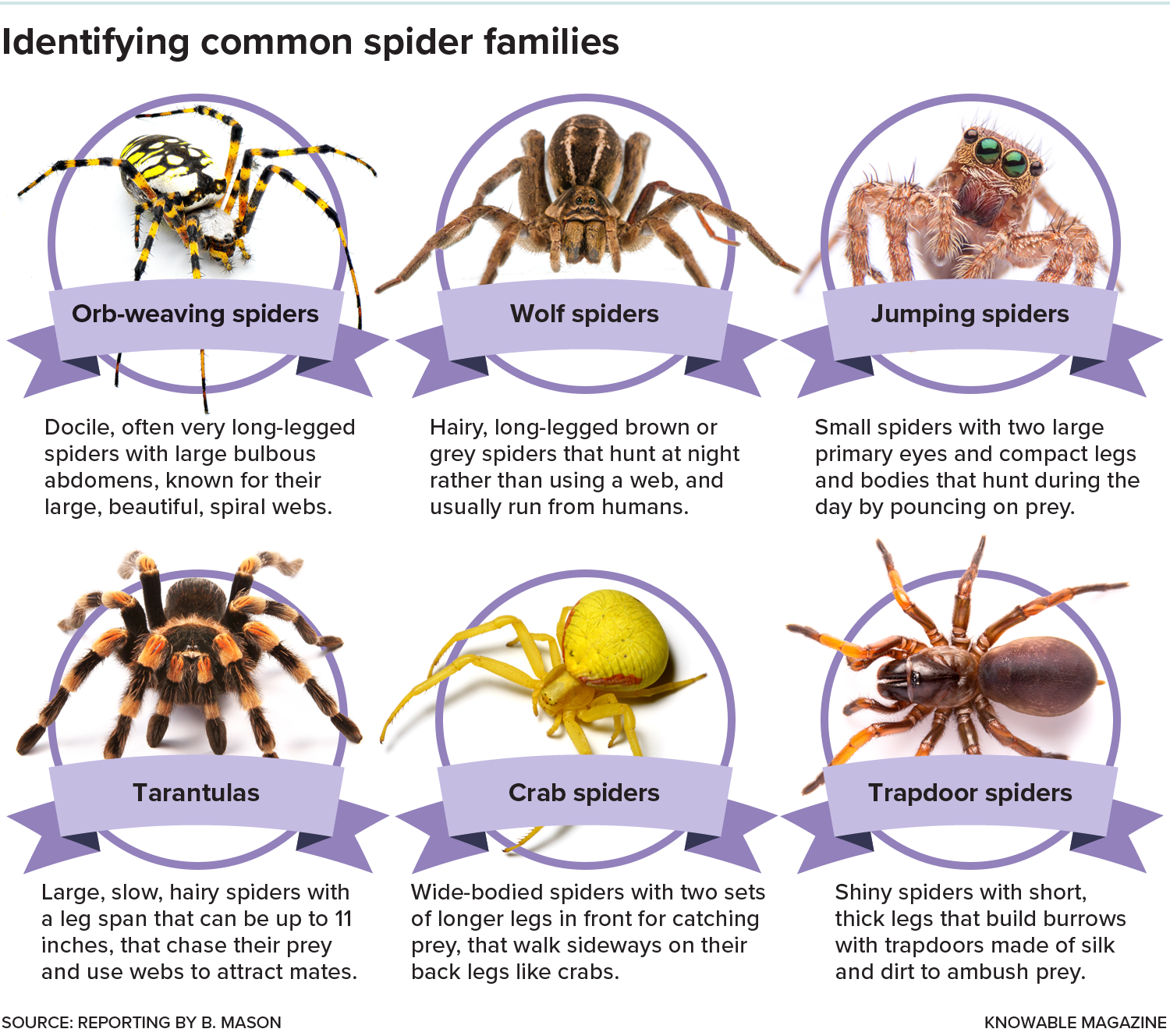Indian Economy
GDP Base Year Revised to 2022-23
For Prelims: Gross Domestic Product (GDP), Industrial Production (IIP), Consumer Price Index, Base Year, Periodic Labour Force Survey (PLFS), Consumer Expenditure Survey (CES), MCA-21, UN System of National Accounts (SNA), International Monetary Fund (IMF), World Bank, Production Linked Initiative (PLI).
For Mains: Key features of GDP base year, Need and challenges related to GDP base year revision, Steps needed to make India's GDP base year revision more reliable.
Why in News?
The Ministry of Statistics and Programme Implementation (MoSPI) announced that the government is revising the Gross Domestic Product (GDP) base year from 2011-12 to 2022-23. The revised data will be released on 27th February 2026.
- The base year for Index of Industrial Production (IIP) will also be revised to 2022-23 while the base year for Consumer Price Index will be revised to 2023-24.
Note: In June 2024, MoSPI set up a 26-member Advisory Committee on National Accounts Statistics (ACNAS) to decide the base year for GDP data, under the chairmanship of Biswanath Goldar. It also focused on aligning GDP with other key macro indicators such as the WPI, CPI, and IIP.
What is the GDP Base Year?
- About GDP Base Year: GDP is the key metric for measuring a country’s annual economic growth or its overall economic size, and the “base year” serves as the reference point for these calculations.
- Currently, 2011-12 is the base year, meaning the GDP of 2011-12 is used as the benchmark to compute the growth of subsequent years.
- Need: The base year revision ensures the inclusion of new industries, removal of outdated ones, adoption of better data sources and methods, and more accurate measurement of real economic growth after adjusting for inflation.
- Features: The base year should be a normal year i.e., it must not experience any abnormal incidents such as droughts, floods, earthquakes, pandemic, etc. Also, it should not be too distant in the past.
- The base year should ideally be updated every 5 to 10 years to ensure national accounts reflect the most recent data.
- Frequency of GDP Base Year Revision: The upcoming 2026 revision will be the eighth base year update, following seven earlier revisions, starting from 1948-49 to 1960-61 in August 1967 and most recently from 2004-05 to 2011-12 on 30th January 2015.
- The first national income estimates for India were compiled by the National Income Committee (chaired by P.C. Mahalanobis) in 1949.
- 2017-18 Base Year Update Deferred: The plan to revise the base year to 2017-18 was dropped due to:
- Data quality concerns in Periodic Labour Force Survey (PLFS) (showed 45-year high unemployment).
- Rejection of Consumer Expenditure Survey (CES) 2017-18 data (indicated rising poverty).
- Impact of demonetisation (2016) and Goods and Services Tax (GST) introduction (2017) and Covid-19 made the subsequent years abnormal for economic assessment.
What is the Rationale Behind GDP Base Year Revisions?
- Reflects Structural Changes in the Economy: India’s economy has shifted from agrarian-dominated (pre-1990s) to services-led (now 55% of GDP), requiring a new base year to reflect these changes.
- It ensures inclusion of emerging sectors like digital services, gig economy, renewable energy, and reassessment or exclusion of declining industries like traditional manufacturing.
- Improves Data Accuracy & Methodology: Better data sources, such as MCA-21 for the corporate sector, replace outdated surveys, and updates align with UN System of National Accounts (SNA) guidelines.
- Informal sector estimates (e.g., small traders, MSMEs) are revised using fresh NSSO and PLFS data.
- Removes Inflation Distortions: A new base year applies updated price weights to separate real growth from inflation effects. Using outdated prices (e.g., 2011-12) can overweight sectors like IT that were cheaper then.
- It also ensures GDP growth rates remain comparable over time by anchoring estimates to a recent “normal” year.
- Policy & Investment Decisions: Accurate GDP data guides fiscal policies on taxation and spending, while businesses depend on GDP trends for expansion plans.
- It also strengthens global credibility, as bodies like the International Monetary Fund (IMF), World Bank, and rating agencies assess India’s economy using this data.
- Corrects Past Anomalies: The 2015 revision drew criticism for overestimating growth due to methodological changes like greater reliance on corporate data, while delays since 2011-12 (skipping 2017-18 due to demonetisation/GST disruptions) make this update essential.
- The new 2022-23 base year will reflect Covid-19 impacts (e.g., healthcare’s rising GDP share) and policy changes like GST formalisation and Production Linked Initiative (PLI) schemes.
What are the Key Challenges in GDP Base Year Revision?
- Methodological Concerns:
- Over Reliance on Corporate Data: The 2015 GDP revision shifted to using the MCA-21 database for Private Corporate Sector (PCS) GDP, mostly discarding the IIP and ASI.
- This led to under coverage as many registered companies (especially in services) don’t file audited balance sheets, and created a large firm bias by overstating big firms’ profits while missing smaller enterprises.
- It overlooked actual value-added by small producers, despite 93% of India’s workforce being in the informal sector (Economic Survey 2018-19), where data is patchy (e.g., street vendors, small workshops).
- Single vs. Double Deflation Debate: India uses a single deflator (adjusting nominal GDP via CPI/WPI) rather than double deflation (adjusting output and input prices separately), which may distort real GDP growth, especially in manufacturing where input costs like oil and metals vary sharply.
- Over Reliance on Corporate Data: The 2015 GDP revision shifted to using the MCA-21 database for Private Corporate Sector (PCS) GDP, mostly discarding the IIP and ASI.
- Data Discrepancies Issues: While GDP growth appears robust, private consumption remains sluggish due to possible underreporting and incorrect inflation adjustments in GDP deflators.
- Back Series & Historical Comparisons: Revising past GDP data to align with the new base year is technically complex, as seen with the 2018 back series that faced criticism for understating growth under the previous governments.
- New revisions risk disrupting long-term trend analysis and fueling political debates.
- Credibility & Global Perception: The 2015 revision faced criticism from experts, who argued that methodological changes inflated growth rates.
- Improper weighting of the digital economy or corporate profits could harm India’s GDP credibility, deterring FDI and triggering market turmoil.
How to Make India's GDP Base Year Revision More Reliable?
- Adopt a Hybrid Data Approach: Balance corporate and survey data by combining MCA-21 with ASI, IIP, NSSO surveys.
- Strengthen data sources through annual enterprise surveys for MSMEs/unorganized sectors and big data analytics from digital platforms like e-commerce and the gig economy.
- Coverage of Informal Sector: Expand survey coverage by increasing sample size and frequency of PLFS and CES and using Aadhaar-linked data to track informal employment and income.
- Integrate alternative data like UPI transactions, GST compliance rates, and EPFO records to better estimate informal GDP contributions.
- Shift to Double Deflation: Adopt double deflation to adjust output and input prices separately, especially for manufacturing and agriculture sectors.
- Ensure GDP estimation aligns with UN System of National Accounts (SNA 2008) standards.
- Enhance Transparency: Publish a technical white paper detailing sectoral weight changes, deflator choices, back-series methodology, and addressing past criticisms like the 2015 corporate data bias.
- Ensure independent peer review by involving the IMF, World Bank, and academic experts to validate the revisions.
- Institutionalize Regular Revisions: Avoid delays in base year revisions (like 2017-18 revision).
- Invest in AI-driven GDP tracking using high-frequency indicators like electricity demand and freight movement for timely and accurate estimates.
- Address Sectoral Gaps: Properly weight digital services (UPI, OTT platforms), renewables, and startups, while recalibrating outdated industries like traditional textiles and print media for accurate GDP estimation.
Conclusion
India's GDP base year revision to 2022-23 aims to reflect economic transformations post-pandemic and policy reforms. By addressing data gaps, adopting hybrid methodologies, and ensuring transparency, it can enhance reliability. However, challenges like informal sector measurement and corporate data bias must be resolved to maintain credibility and support India's growth aspirations.
|
Drishti Mains Question: Why is revising the GDP base year important for India’s economic policymaking? Discuss the key challenges and suggest measures to improve reliability of GDP estimates. |
UPSC Civil Services Examination, Previous Year Question (PYQ)
Prelims
Q. A rapid increase in the rate of inflation is sometimes attributed to the “base effect”. What is “base effect”? (2011)
(a) It is the impact of drastic deficiency in supply due to failure of crops
(b) It is the impact of the surge in demand due to rapid economic growth
(c) It is the impact of the price levels of previous years on the calculation of inflation rate
(d) None of the statements (a), (b) and (c) given above is correct in this context
Ans: (c)
Mains
Q. Explain the difference between computing methodology of India’s Gross Domestic Product (GDP) before the year 2015 and after the year 2015. (2021)
Science & Technology
Ultra-Secure Communication Using Quantum Technology
For Prelims: Quantum Communication, Quantum Computing, National Quantum Mission, Post-Quantum Cryptography (PQC)
For Mains: Quantum Key Distribution Technology and its Significance Applications of Quantum Technology, National Quantum Mission, Other India’s Initiative in Quantum Computing.
Why in News?
Scientists from IIT Delhi and DRDO have successfully demonstrated an ultra-secure communication system using entanglement-based free-space quantum secure communication.
- This method uses light particles (photons) and the principle of quantum entanglement to transmit information through air, ensuring that any attempt to intercept the communication is immediately detectable.
- It marks a significant step forward in India’s efforts to build quantum-secure networks under the National Quantum Mission (2023–2031).
What are the Key Highlights of DRDO-IIT-Delhi Breakthrough in Quantum Communication?
- Scientists demonstrated entanglement-based Quantum Key Distribution (QKD) over a 1 km free-space link, transmitting quantum keys through air, recording a secure key rate of 240 bps (bits per second), showing resilience to atmospheric turbulence, detector noise, and artificial lighting.
- Earlier, in 2022, India’s first intercity quantum link (Vindhyachal–Prayagraj) was set up using commercial-grade fibre.
- In 2023, QKD was extended to 380 km over standard telecom fibre (QBER 1.48%), followed by a 100 km demo in 2024.
What is Quantum Communication and Quantum Entanglement?
- Quantum communication is the transmission of secure information using principles of quantum mechanics, particularly quantum entanglement.
- It includes protocols like Quantum Key Distribution (QKD), quantum teleportation, and dense coding and techniques such as free-space communication, quantum repeaters, and decoherence-free subspaces to enable secure, long-distance transmission.
- It holds strategic value for defence and cybersecurity.
- Quantum Entanglement is a phenomenon in quantum physics where two or more particles become linked in such a way that the state of one instantly determines the state of the other, regardless of the distance between them.
- It defies classical physics and enables applications like quantum communication, quantum cryptography, and quantum computing.
What is Quantum Key Distribution (QKD)?
- About: Quantum Key Distribution (QKD) is a secure communication method that uses the principles of quantum mechanics to generate and share cryptographic keys between two parties.
- Working:
- QKD uses qubits (quantum bits), transmitted through optical fibres based on total internal reflection, to securely exchange encryption keys between two users.
- Unlike classical bits, qubits are encoded on photons and are highly sensitive to disturbance.
- QKD enables two distant users, who do not initially share a secret key, to generate a common, random secret key. These interactions must be authenticated using classical cryptographic methods.
- If an eavesdropper tries to intercept the communication, it disturbs the qubits, causing transmission errors that alert the legitimate users. Thus, QKD transforms an authenticated classical channel into a secure quantum channel, ensuring tamper-evident encryption.
- QKD uses qubits (quantum bits), transmitted through optical fibres based on total internal reflection, to securely exchange encryption keys between two users.
- Types of QKD:
- Prepare-and-Measure QKD: One party prepares photons in specific quantum states, and the other measures them. Any interference alters the state, revealing intrusion.
- Entanglement-Based QKD: A source generates entangled photon pairs and sends one to each party. The entangled nature ensures that the measurement outcomes are correlated and secure.
What is the National Quantum Mission (NQM)?
- About: The National Quantum Mission (NQM) is a strategic national initiative aimed at advancing India’s capabilities in quantum technologies.
- It is one of the 9 key missions under the PM-STIAC (Prime Minister’s Science, Technology, and Innovation Advisory Council).
- It seeks to position India as a global leader in quantum science by fostering innovation in quantum communication, quantum computing, and precision sensing.
- It was approved by the Union Cabinet in 2023 for the period 2023–24 to 2030–31.
- Significance: Crucial for advancing India’s position in the global quantum race, with applications in defence, cybersecurity, space, banking, and telecommunications.
- Key Objectives:
- Quantum Computing: Develop intermediate-scale quantum computers with 50–1000 physical qubits using platforms such as superconducting and photonic technologies over the next eight years.
- Secure Quantum Communication:
- Enable satellite-based quantum communication between Indian ground stations over distances exceeding 2000 km.
- Facilitate long-distance secure quantum links with international partners.
- Quantum Sensing and Metrology: Develop high-sensitivity magnetometers and atomic clocks to enhance precision in navigation, communication, and timing applications.
- Thematic Hubs (T-Hubs): Establish four T-Hubs at premier academic and national R&D institutions focused on:
- Quantum computation
- Quantum communication
- Quantum Sensing & Metrology
- Quantum Materials & Devices
- Key Initiatives Under NQM:
- DRDO Initiatives: DRDO is developing and testing quantum-resilient security protocols and quantum-safe symmetric and asymmetric cryptographic algorithms to protect defence and strategic communications.
- SETS (Society for Electronic Transactions and Security): Under the Principal Scientific Adviser (PSA), SETS is advancing Post-Quantum Cryptography (PQC) research and has implemented PQC for FIDO authentication and IoT security applications.
- C-DoT (Centre for Development of Telematics): Under the Department of Telecommunications (DoT), C-DoT has developed cutting-edge solutions, including Quantum Key Distribution (QKD), Post-Quantum Cryptography, and Quantum-Secure Video IP Phones.
Related Government Initiatives on Quantum Technology
|
Drishti Mains Question: Examine the key objectives and initiatives under the NQM and their strategic importance for India. |
UPSC Civil Services Examination Previous Year Question (PYQ)
Prelims
Q. Which one of the following is the context in which the term "qubit" is mentioned?
(a) Cloud Services
(b) Quantum Computing
(c) Visible Light Communication Technologies
(d) Wireless Communication Technologies
Ans: (b)
Mains
Q. “The emergence of the Fourth Industrial Revolution (Digital Revolution) has initiated e-Governance as an integral part of government”. Discuss. (2020)
Important Facts For Prelims
Operation Sindhu for Evacuation from Iran
Why in News?
India announced launching ‘Operation Sindhu’ to evacuate Indian nationals from Iran through Armenia as fears of an all-out Israeli-American military strikes on Iran increased.
- It highlighted Armenia’s crucial role as a strategic and viable evacuation route, thanks to its geographic position and strong diplomatic ties with India.
- Iran borders Armenia, Azerbaijan, and Turkmenistan to the north. It shares borders with Afghanistan and Pakistan to the east, Iraq to the west, Turkey to the northwest, and has a southern coastline along the Persian Gulf and Gulf of Oman.
What Makes Armenia Strategically Important for Operation Sindhu?
- Geostrategic Location: Armenia’s 44-km border with Iran and the Nurduz-Agarak crossing, linked to Tehran by a 730 km highway, provide the most practical and safe land route for swift Indian evacuation.
- Limited Alternatives: Other borders pose challenges:
- Pakistan: Geopolitical tensions (post-Operation Sindoor) made the Iran-Pakistan border inaccessible.
- Turkey & Azerbaijan: Both support Pakistan, making their borders with Iran unfavorable for India.
- Afghanistan: No diplomatic ties with Taliban-ruled Afghanistan.
- Iraq & Turkmenistan: Iraq is an active conflict zone with airports closed, while Turkmenistan’s border is remote and underdeveloped.
- Strong Diplomatic Relations: Armenia’s support for India at international fora (e.g. Kashmir issue, UNSC seat).
- In 2022, India surpassed Russia as Armenia’s top military supplier with a USD 250 million deal for PINAKA rocket launchers, Akash-1S air defense, and other weapons.
- Regional Connectivity: Armenia is integral to the International North-South Transport Corridor, aligning with India’s broader strategy to secure trade and evacuation routes through the Caucasus region.
What are Other Key Indian Evacuation Operations?
|
Operation |
Year |
Location |
Context |
|
Operation Kaveri |
2023 |
Sudan |
Evacuation during violent military clashes |
|
Operation Ajay |
2023 |
Israel |
Evacuation during the Israel–Hamas conflict |
|
Operation Ganga |
2022 |
Ukraine |
Evacuation during the Russia-Ukraine war |
|
Operation Devi Shakti |
2021 |
Afghanistan |
Evacuation after Taliban takeover |
|
Operation Samudra Setu |
2020 |
Various (via sea) |
Evacuation during Covid-19 pandemic (Vande Bharat Mission) |
|
Operation Raahat |
2015 |
Yemen |
Evacuation during civil conflict |
|
Operation Safe Homecoming |
2011 |
Libya |
Evacuation during civil war in Arab Spring |
UPSC Civil Services Examination, Previous Year Question (PYQ)
Q. Mediterranean Sea is a border of which of the following countries? (2017)
- Jordan
- Iraq
- Lebanon
- Syria
Select the correct answer using the code given below:
(a) 1, 2 and 3 only
(b) 2 and 3 only
(c) 3 and 4 only
(d) 1, 3 and 4 only
Ans: (c)
Q. The term “two-state solution” is sometimes mentioned in the news in the context of the affairs of (2018)
(a) China
(b) Israel
(c) Iraq
(d) Yemen
Ans: (b)
Rapid Fire
Lamarckian Inheritance and Epigenetics Evolution
The recent discovery of heritable cold tolerance in rice plants through epigenetic changes marks a historic validation of Jean-Baptiste Lamarck’s theory that environmental influences can affect heredity — a concept once dismissed but now supported by modern science.
- Epigenetics refers to heritable changes in gene expression caused by external factors that switch genes on or off without altering the DNA sequence.
- Lamarck’s Theory (1809): It proposed that traits acquired during an organism’s lifetime through use, disuse, or environment could be inherited.
- It was dominant until Darwin’s natural selection (1859) and Mendel’s laws of inheritance disproved it.
- A study showed that exposing rice plants to cold triggered epigenetic changes in the gene, which conferred cold tolerance and was heritable for five generations.
- Scientific Challenges to Lamarck:
- Darwin’s Natural Selection (1859): It argued genetic variations (not acquired traits) drive evolution via "survival of the fittest."
- Weismann’s Experiment (1890s): Tailless mice produced normal-tailed offspring, disproving inheritance of acquired traits.
- Gregor-Johann Mendel: It showed genes (DNA) are the stable units of heredity, not environmental adaptations.
- Epigenetics Emerges:
- Royal Brink’s Maize Study (1956): It revealed that gene expression, not just DNA sequence, could be heritable, demonstrating non-DNA-based inheritance.
- Arthur Riggs’ Hypothesis (1975): It proposed epigenetic marks (chemical tags on DNA) could pass traits across generations without changing their DNA sequence. It is easier to change epigenetic marks than to mutate DNA.
| Read More: eDNA Challenging Genetics Principles |
Rapid Fire
Hydraulics System and its Applications
From towering cranes to aircraft landing gears, hydraulic systems power some of the most critical mechanical operations to convert small inputs into massive force outputs.
- About Hydraulic Systems: A hydraulic system is a technology that uses incompressible fluid (usually oil) to transmit force and motion.
- A small force applied at one end generates a much larger force at the other end by increasing the contact area while pressure remains constant.
- Working: It works on Pascal’s law, which states that pressure applied to a fluid is transmitted equally in all directions, enabling heavy loads to be moved with small input force.
- Pressure is the force applied per unit area on the surface of an object. It indicates how much force is acting on a specific area. Its SI unit is Pascal (Pa), where 1 Pascal = 1 Newton per square meter (N/m²).
- Applications: Hydraulic systems are widely used in construction equipment (excavators, bulldozers, cranes), automotive systems (brakes, clutches), aircraft (landing gear), industrial machinery (presses, lifts), and agriculture (tractors, harvesters)
- Advantages: Smooth movements, High power-to-weight ratio, Better heat dissipation, Smooth, and High precision in applications.
| Read More: India's Deep Drill Mission |
Rapid Fire
Jumping Spider
Spartaeus karigiri, a newly discovered jumping spider species from Karnataka, marks the first recorded presence of the Spartaeus and Sonoita genera (part of the Spartaeinae subfamily of Salticidae family) in India, previously known only from Southeast Asia and Africa.
- The species is named after Karigiri, or Elephant Hill of Karnataka.
- Sonoita cf. lightfooti, previously thought to be confined to Africa, was discovered in Karnataka, suggesting a possible range extension or introduction.
Jumping Spiders (Spartaeus karigiri)
- Distribution: Found globally across America, Europe, Asia, Africa, and Australia with abundance in tropical regions.
- Biodiversity: Salticidae is the largest spider family with 5,000+ species under Order Araneae and Class Arachnida.
- Physical Traits: Small, fuzzy spiders (<0.5 inch) with 8 eyes, two large front-facing eyes provide high-resolution vision for hunting, navigation, and courtship.
- Capable of running, climbing, and jumping, uses a silk dragline for safe landing.
- Hunting Behavior: Active carnivores that prey on small insects using stalking, mimicry (e.g., ant-like appearance), and camouflage, some species also consume pollen and nectar opportunistically.
- Jumping Mechanism: Jump over 50 times body length via hydraulic leg pressure, not muscles.
- Reproduction: Females guard silk-encased egg sacs, spiderlings molt into adults.
- Notable Species: Euophrys omnisuperstes (Himalayan jumping spider), found at 22,000 ft on Mount Everest, highest known spider habitat.
| Read More: New Genus of Jumping Spiders |












